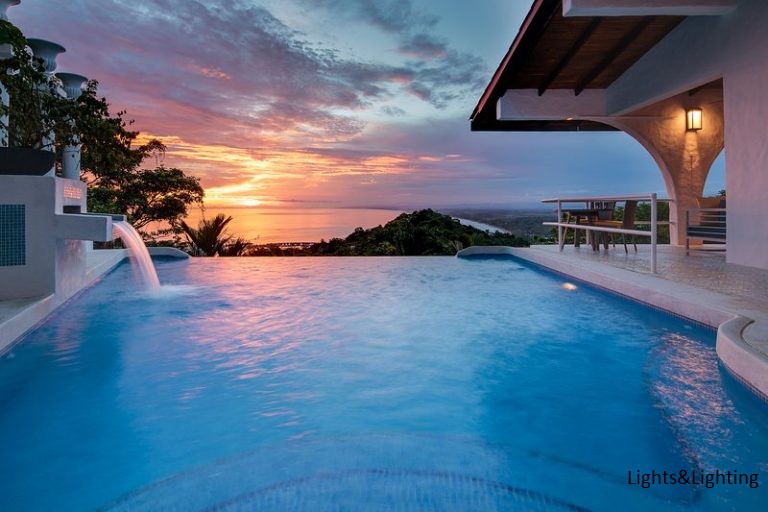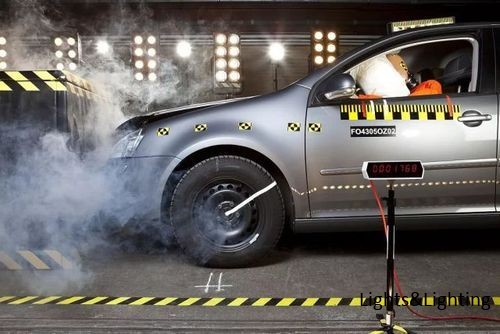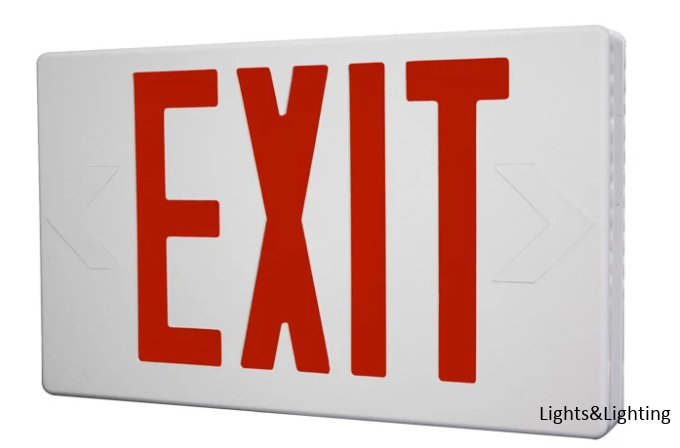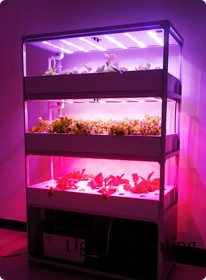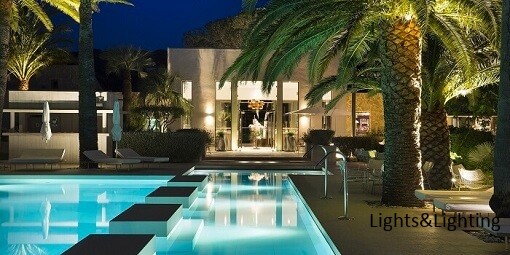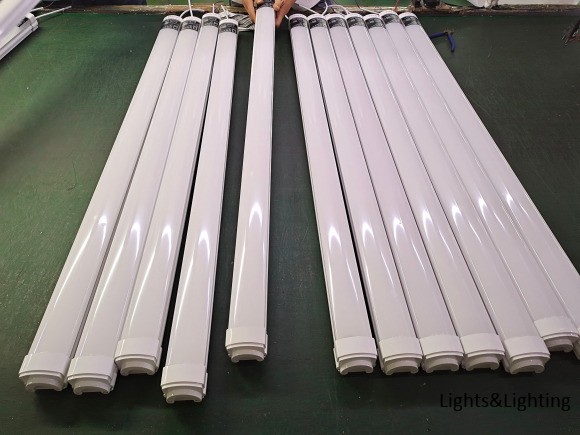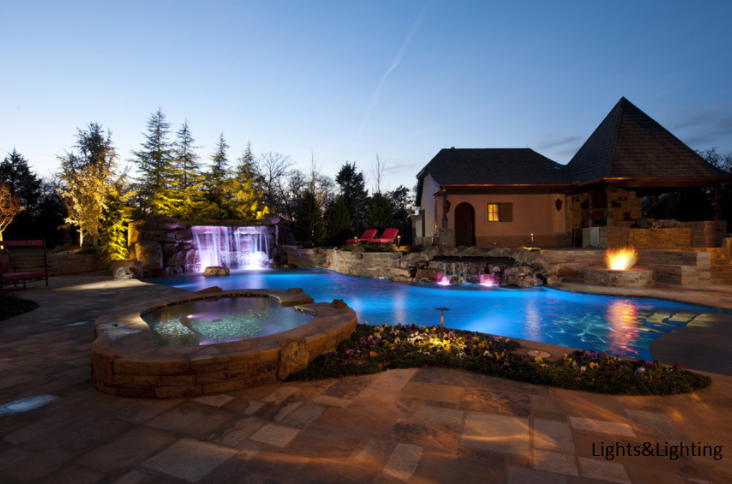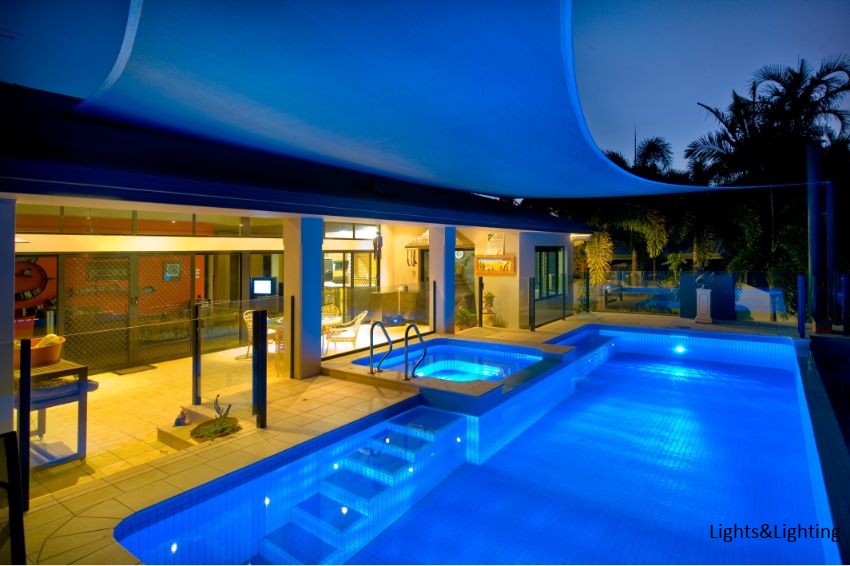The number of lights required to properly illuminate your pool will obviously depend on the size of your pool. As a rule of thumb, the general recommended requirement is 5.4 watts per square meter (0.5 watts per square foot).
So if you have a pool of 8.5 x 4.4 meters, you will need 200 watts of circular lighting - in other words, (8.5 x 4.4) x 5.4. In practice, this means that 2 x 100 watt halogen lamps will be required. Having said that, much depends on the shape of the pool and, as mentioned above, the interior color of the pool surface. For rectangular pools with a well-lit interior, only one LED is usually sufficient. Non-rectangular pools and/or darker interior pools require more help.
Of course, your existing pool may already have the correct number of lights installed for its size. If so, then when upgrading to LEDs, you just need to keep in mind that LEDs are 3-5 times more energy efficient than halogen lights. This means that a 20-watt LED light puts out the same amount of light as a 100-watt halogen bulb.
Adding Additional Light
However, due to the number of lights already installed, your current pool may not have enough square meters. Or, your pool may have curves that cannot be reached and illuminated by the existing lights. In either of these two events, you may need to consider actually adding additional lights to the pool.
Traditionally, this inevitably involves biting the budget bullet. Traditionally it also involves having to drain the pool, drill through the walls, and watch your yard get torn up in order to dig a trench to lay new cable.
However, before you go down that route, another option may be to investigate the less invasive possibilities of installing LED eyeball lights. Instead of drilling through the pool wall, they are installed directly into the eyelet return nozzle. Basically, they work by replacing and retrofitting existing eyeball return nozzles with a composite return nozzle that includes a series of LEDs. Instead of digging a trench for the fiber optic cable, the existing return line is used as a conduit.
LED eyeball lights only produce 1 to 3 watts of power per fixture, so it's fair to say they're not necessarily a foolproof lighting solution. However, they are definitely an option to consider for illuminating corners or steps that may currently be in shadow. They are available in a wide range of colors.
Finally, if you can't add additional underwater lighting for physical or budgetary reasons, there is always an option for flood lighting your yard and pool area. Admittedly, it's far less aesthetically pleasing, but even if it's not as easy on the eyes, it will be much easier on your wallet.
